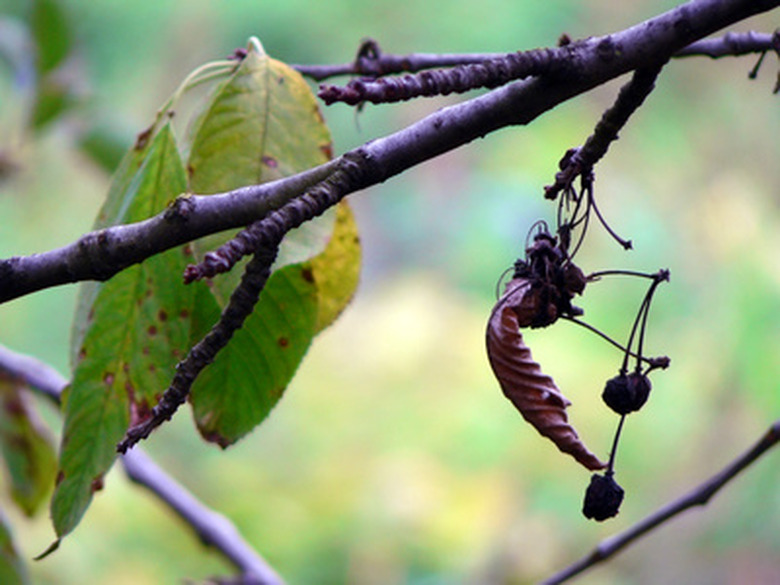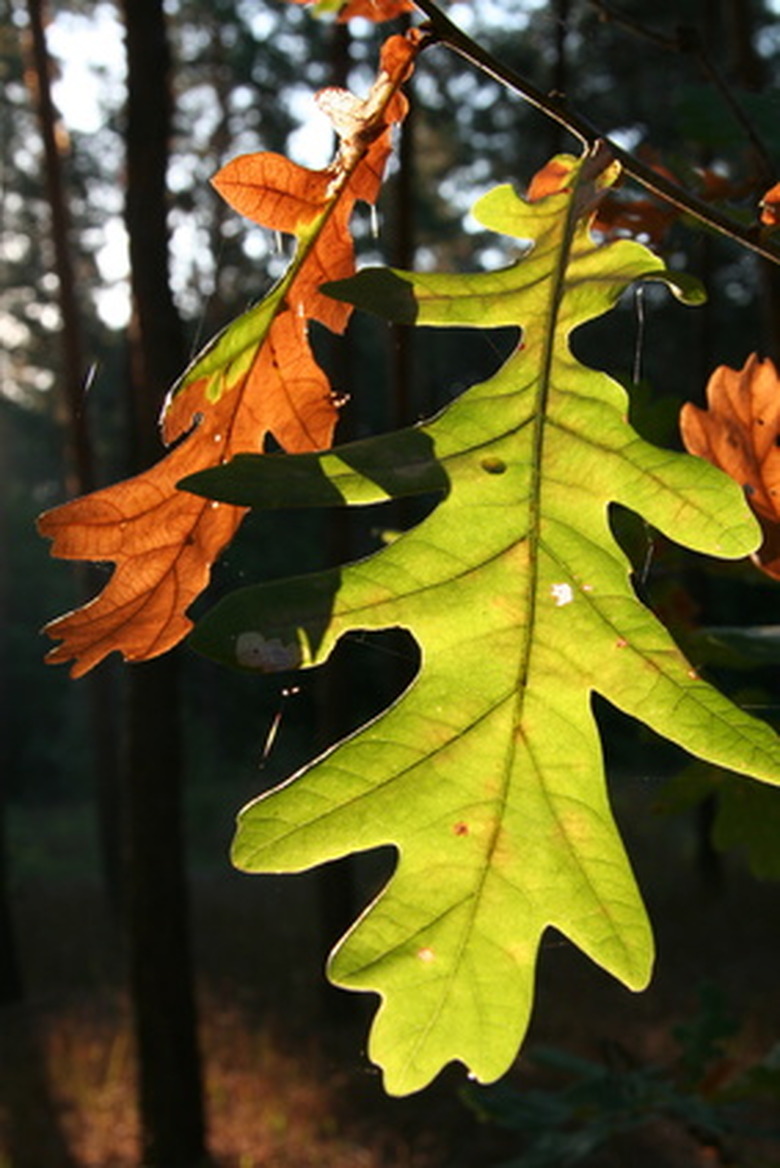Tree Leaf Identification Guide
All trees vary, attracting different birds and insects, growing in different ways. Different species of trees may draw certain types of parasites and damaging diseases. Tree disease could quickly spread from tree to tree and become virtually untreatable if you can't properly identify the tree that's causing all the trouble. It's easy to use a tree leaf identification guide to learn what type of tree you have on your property.
Broad-Leaf and Needle Leaf Trees
The first step in tree leaf identification is to place the leaves in one of two categories: needle-like or broad. All leaves grow around a central stem or vein. Leaves that grow out vertically, very long and thin are clearly needle-like. Tree leaves that spread out horizontally fall into the broad-leaf category. As a general rule, broad leaves are usually from deciduous trees, while needle-like leaves belong to the coniferous family.
- All trees vary, attracting different birds and insects, growing in different ways.
- The first step in tree leaf identification is to place the leaves in one of two categories: needle-like or broad.
Identification for Broad-Leaf Trees
Look carefully at the way the broad leaves of your tree grow by observing a branch of the leaves. If the individual leaves grow in a symmetrical arrangement on each side, lining up with each other, you're looking at a tree in the maple, ash or dogwood family. Trees that grow asymmetrically (which is much more common) belong to the walnut, sumac, hickory, oak or other tree families.
Maple tree leaves grow in a distinct, three-pronged pattern. Three main points will form the tips of each one of these broad leaves, though the entire leaf will be edged with several smaller points. Ash leaves are smaller, dark and grow in a smooth, oval shape, often with a small point at the tip, with many tiny leaves growing on a single branch. Dogwood leaves have a similar shape to ash tree leaves, but grow much larger and in a brighter shade of green.
- Look carefully at the way the broad leaves of your tree grow by observing a branch of the leaves.
- Dogwood leaves have a similar shape to ash tree leaves, but grow much larger and in a brighter shade of green.
Broad-leaf trees that grow in an asymmetrical pattern also fall into two categories: compound and simple. Compound leaves are smaller, with many leaves growing on each leaf stem. Simple leaves grow from a single vein. Hickory, sumac, walnut, locust and ailanthus trees grow compound leaves.
Simple leaves fall into their own categories. Note how the tree leaf is shaped. Are the lobes rounded, pointed or nonexistent (a single, smooth leaf with no protrusions or lobes)? A rounded-lobe tree leaf comes from white oaks, sassafras and mulberry trees. Pointed-lobe leaves represent red oaks, sweet gum, sycamore, holly and poplar trees. A simple leaf with no lobes will either be completely smooth around the edges, or slightly toothed and pointy. Smooth leaves belong to willow oak, live oak, pawpaw, persimmon, magnolia and tupelo trees. Rougher-edge leaves come from willow, birch, true poplars, hornbeam, beech, chestnut, elm, cherry and mulberry trees.
- Broad-leaf trees that grow in an asymmetrical pattern also fall into two categories: compound and simple.
- A rounded-lobe tree leaf comes from white oaks, sassafras and mulberry trees.
Identification for Needle-Leaf Trees
To properly identify needle-like leaves, pay attention to how they grow on the tree itself. Do the leaves grow in clusters, in single needles or in flat, scale-like projections?
Needle-like leaves that grow in clusters (two or more needles which grow from a single stem) belong to the pine family. The needle leaves that grow alone from a single point come from cypress, spruce and hemlock trees. Scale-like leaves that grow flat and in an overlapping pattern belong to the cedar tree family.


